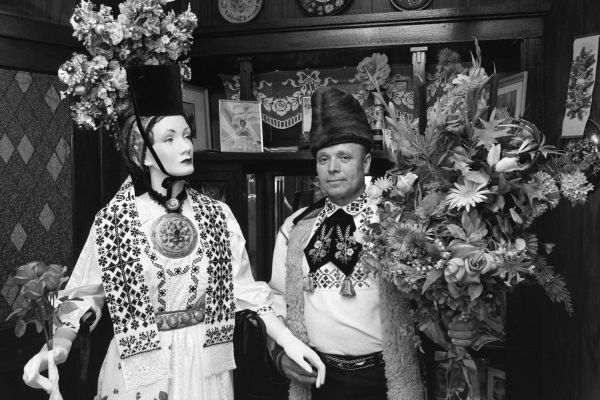Louis vuitton travel bag was a remarkable person. He was resentful of his stepmother and left the small Swiss border town in France in 1835 to make his way towards Paris in the following two years. After 17 years of apprenticeship with another trunk maker in Paris, he opened his own shop in 1854. He was also serving royal clients at that point.
Back in those days, only the wealthy could travel and had staff. Their luggage consisted of large trunks that were carried by their employees. He was inspired by the idea of a flat-topped trunk, which was easier to stack than the previous domed or circular ones. He experimented with canvas over leather to create a lighter trunk. Vuitton trunks became a huge commercial success because of this level of innovation. Unfortunately, Vuitton Atelier was also destroyed in the Franco-Prussian War of 1870. After rebuilding the business, he introduced a new line trunks with a distinctive bright red and beige stripe as well as a brown stripe and a beige stripes, which were to become the trademarks of Louis vuitton travel bag trunks. It was his first attempt to combat imitations of his products.
Louis Vuitton Travel Bag
Louis vuitton travel bag is one the most recognizable and valuable fashion & luxury brands today. Although they have a rich, diverse, and sometimes controversial history, most people know them for their LV monogrammed logo, which is found all over their products. Are these products, and in particular their duffle bags, worth the money?
Even though mainstream consumers now want to own a Louis vuitton travel bag, it is still fashion’s most iconic status symbol. Their procuts are often heavily counterfeited. We bought our Keepall BANDOULIERE55 at the local Louis vuitton bag store to make sure it was a genuine item. Here’s some background about the company and the founder of the company before we move on to the bag.
Vuitton continued to innovate in order to maintain its competitive edge. He invented a lock system that had two spring buckles in 1886 that was so powerful that Harry Houdini couldn’t escape. Vuitton’s company was suffering from many imitators by 1888. He devised a checkerboard canvas known as Damier canvas. It is still in use today. Georges Vuitton’s son created an “LV” patterned canvas that featured quatrefoils, flowers and quatrefoils in 1896. This was another attempt at preventing counterfeiting. The same pattern can be found on the keepall that we are reviewing today. Vuitton was able to employ around 100 people by 1900, which suggests that it seems to have been successful. Vuitton took however until 1930 to introduce the Keepall bag.
During World War II the house, then run by Louis’ grandson Gaston Louis vuitton travel bag, was forced to work with the Nazi regime of Vichy France. They supported the puppet government of Marshal Philippe Petain and made a lot of money working for the Germans. Vuitton even opened a factory to produce busts of Marshal Petain. We can fast-forward to 1959. The way people travel has changed so Louis vuitton introduced smaller leather goods into its range of travel bags.


